I am an independent textile artist working from my home studio in Sheffield. For as long as I can remember, I have felt the need to create, especially with textiles. In today’s hectic world, I find that working with my hands, often a repetitive process, to be healing and meditative.
I started shopping second hand when I was at college, loving the thrill of rummaging in charity shops in the hope of finding a unique item of clothing or one I could upcycle and restyle, something I still do to this day.
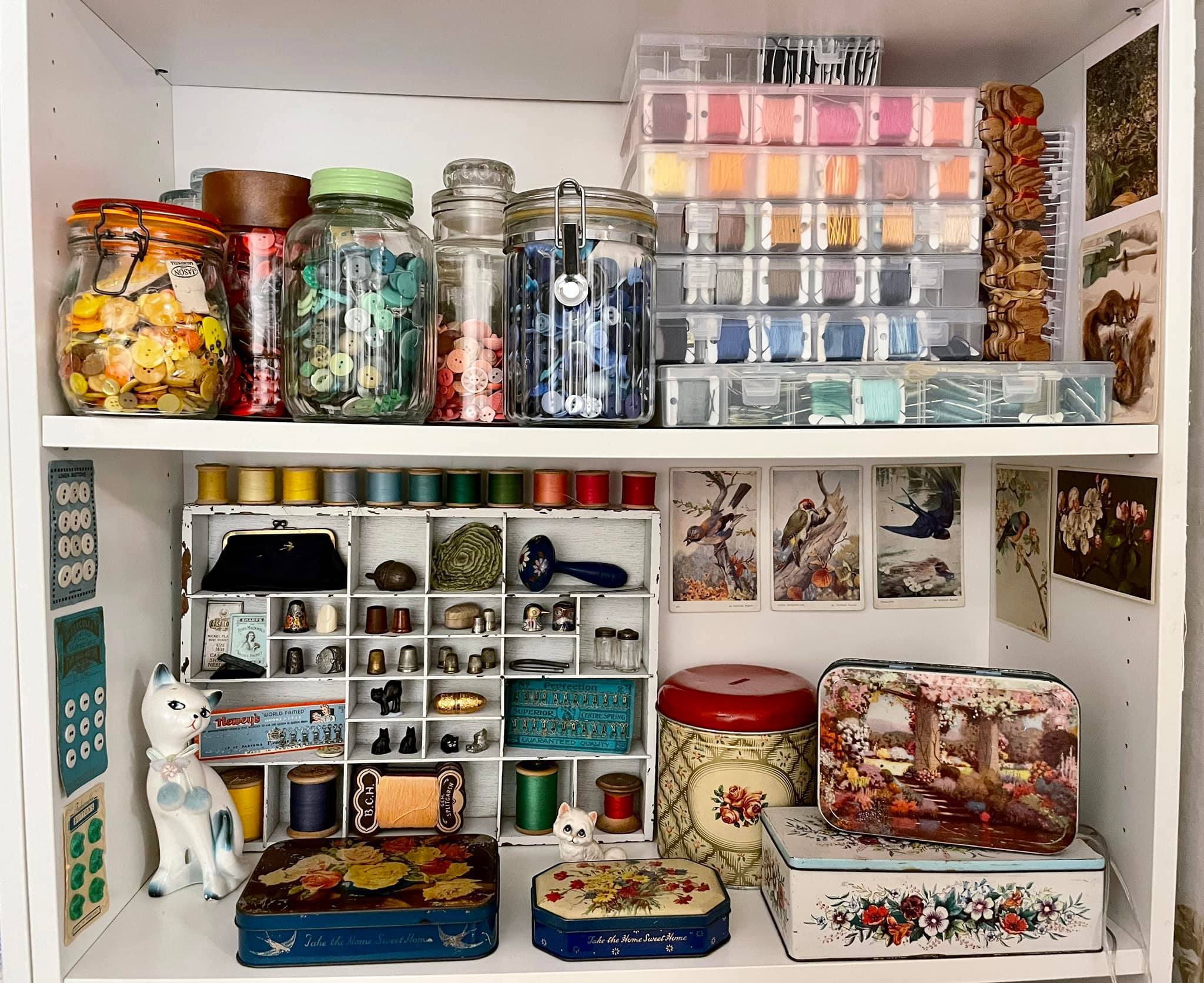
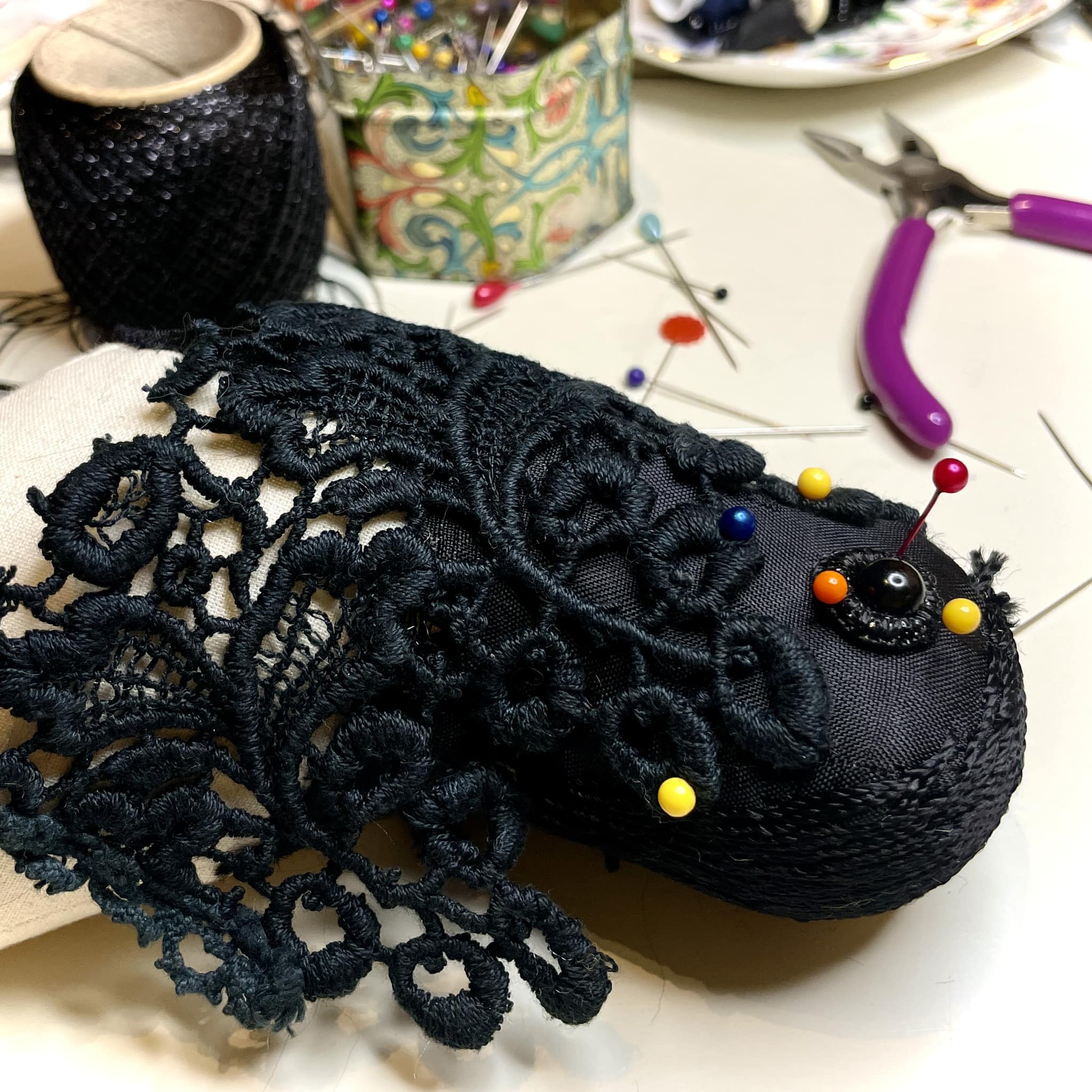
I can’t resist vintage linens and haberdashery, especially wooden reels of colourful thread, thimbles and darning mushrooms (little did I know at the time how the latter were going to feature in my future practice!)
I have always preferred to use vintage and reclaimed textiles in my work, in recent years making art dolls and bird textile sculptures. The fabric is softer, can have frayed edges, perhaps faded, even stained…they have lived a previous life which I find very appealing and add character to my finished pieces.
A number of unrelated events happened to change the direction of my work towards visible mending. One day I was making an art doll by patchworking scraps of Liberty and other ditsy floral fabric, and decided to add some rows of running stitch in co-ordinating colours to ‘bring it all together.’ I loved the effect…the mix of different patterns, textures and colour. It reminded me of ‘boro’; the Japanese practice, born out of necessity, of reworking and repairing textiles (often clothes or bedding) through piecing, patching and stitching, in order to mend, strengthen and extend their life.

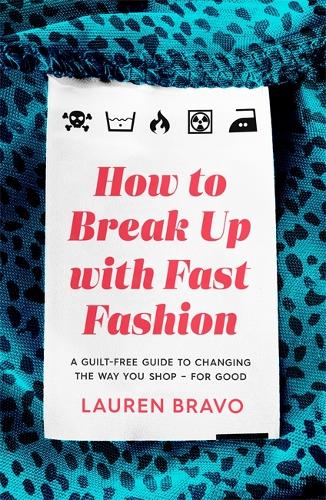
Around the same time I was browsing in my local Oxfam and picked up a copy of Lauren Bravo’s ‘How To Break Up With Fast Fashion.’ Although I knew that the fast fashion industry was detrimental to the environment, this book really opened my eyes to the extent of the crisis. Fast Fashion is one of the biggest polluters in the world.
This made me think…most of the fabric I used in my sculptural work came from discarded clothes. However, although we may donate clothes to charity with the best intentions, the harsh reality is that only about 25% of them are actually sold in those shops. The majority of our donated textiles (up to 75%) will be shipped overseas, where they can disrupt local economies and pollute the environment.
I started to question myself “What could I do to help prevent as many clothes having the same destiny?”
I had always mended my own and my family’s clothes ‘invisibly’, but I was excited by the possibilities of ‘boro’ and decided to delve deeper into another type of stitching originally used for mending – Sashiko.
The word ‘sashiko’ literally means ’little stabs’, a reference to the simple running stitch which originated in Japan out of frugal necessity to extend the life of garments of clothing by patching holes and reinforcing points of wear with stitching.
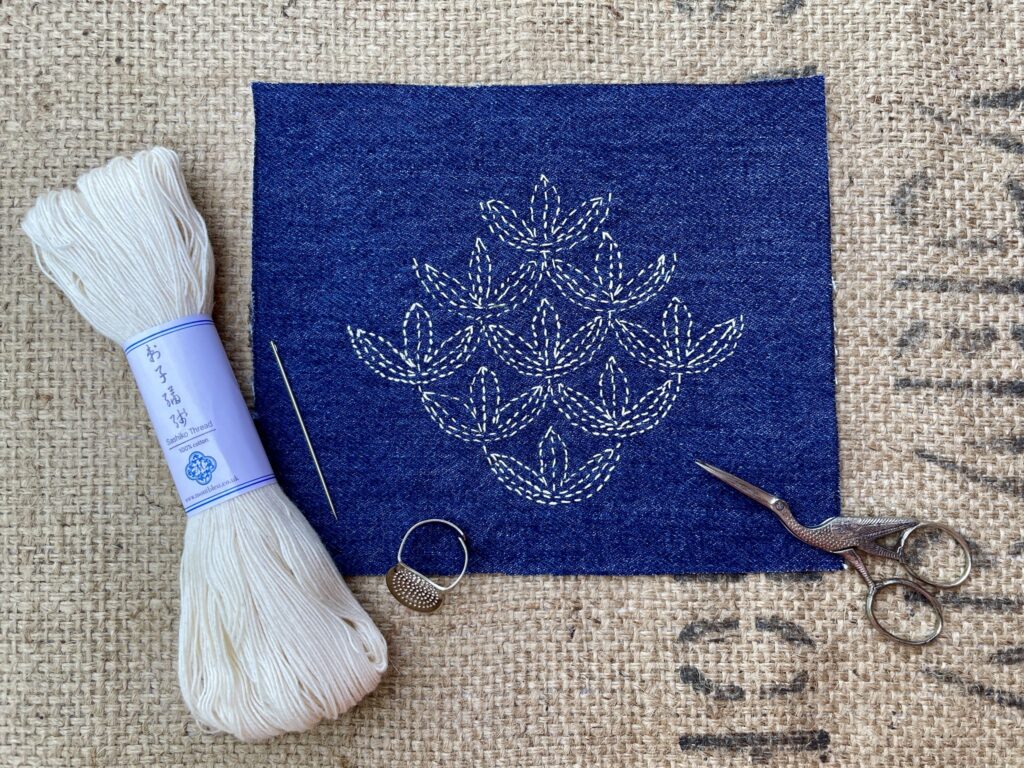
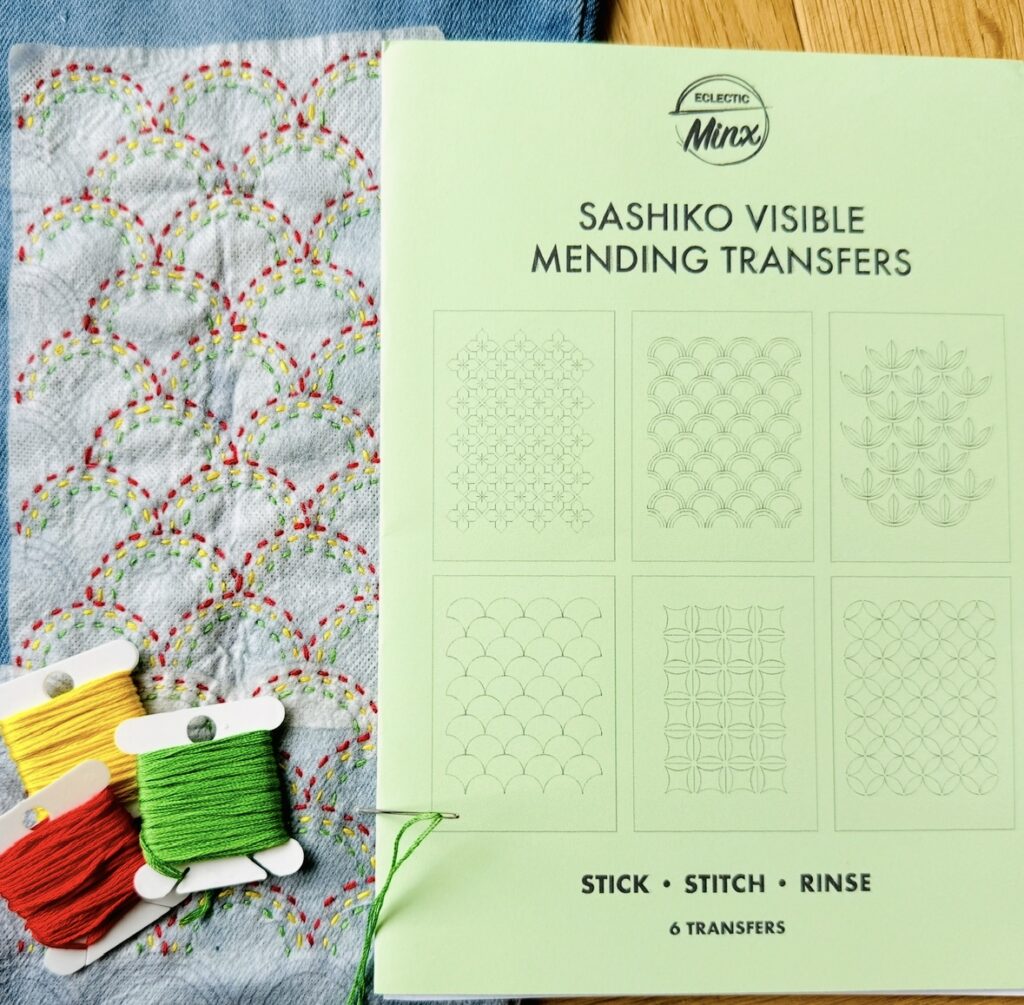
When I first tried sashiko for myself, I struggled with methods of transferring a design onto fabric. Tracing was time-consuming and awkward and could result in a distorted image. I also tried stencils but I found them to move around and produce messy and inaccurate results.
I was about to give up when I discovered ‘water soluble stabiliser,’ a material that has a cloth-like texture with adhesive on the back. You drawn or print your pattern onto it, peel away the backing sheet and stick on to your fabric, then stitch following the guidelines. When you are finished, simply wash it in warm water and the pattern dissolves, leaving just your stitches.
At this point, my graphic design background came in handy. I sketched designs and once digitalised, printed them on to water soluble material. I currently have six packs of designs available in my shop with lots more ideas on the drawing board.
By this point I was researching other types of mending methods, eager to try them all so, armed with wooden mushroom, I made a start at darning. I didn’t get very far. I struggled to use it, probably due to my pesky fibromyalgia. Determined not to be defeated, I tracked down a very talented local craftsman and together (after a few prototypes!) we settled on a design for an alternative tool – a darning disc with an elastic cord and toggle set into a groove to secure the fabric and keep it at the correct tension. I found the disc much easier to handle and work with.
I started to sell the discs (handmade from reclaimed, wood) on their own and in sets. From there, the range developed and now includes starter kits for both sashiko and darning, as well as needles, thread and yarn.
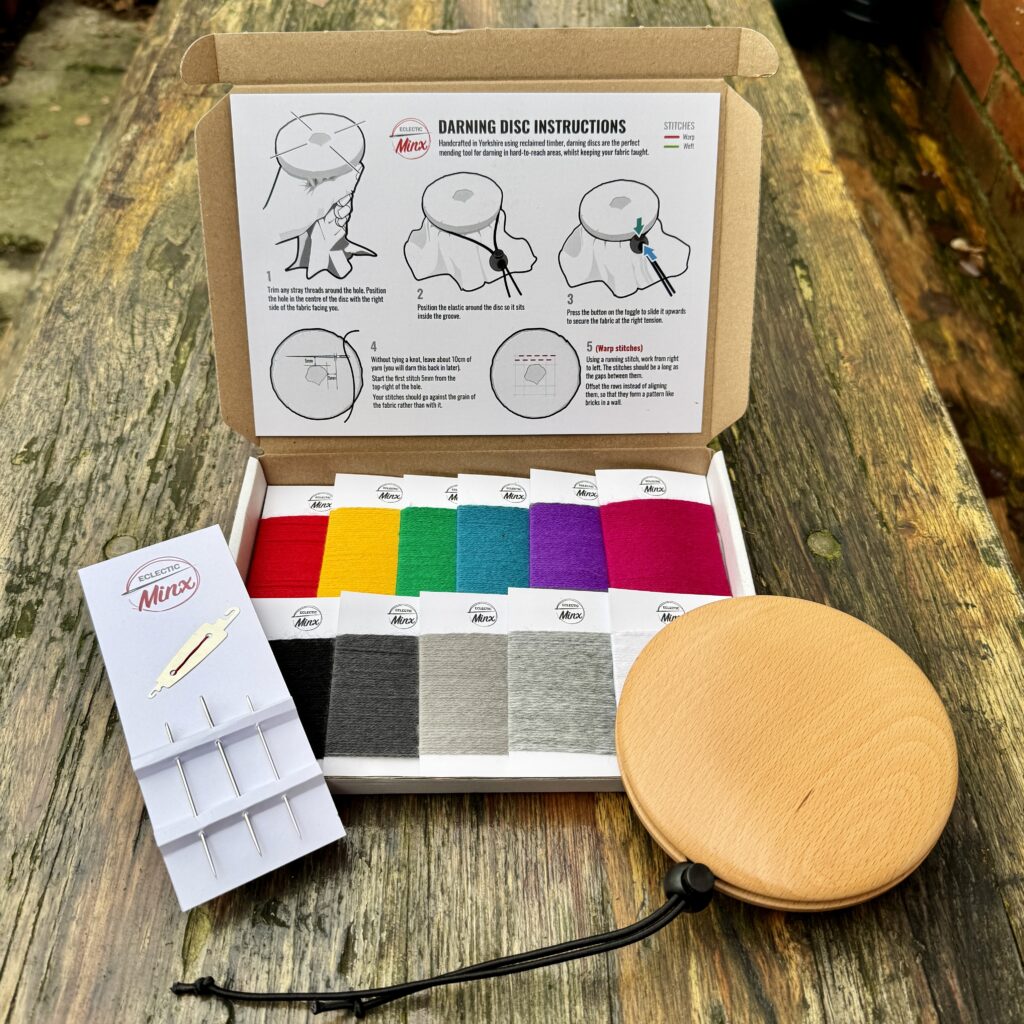
There are currently enough garments of clothing on the planet to clothe the next SIX GENERATIONS of people!!!